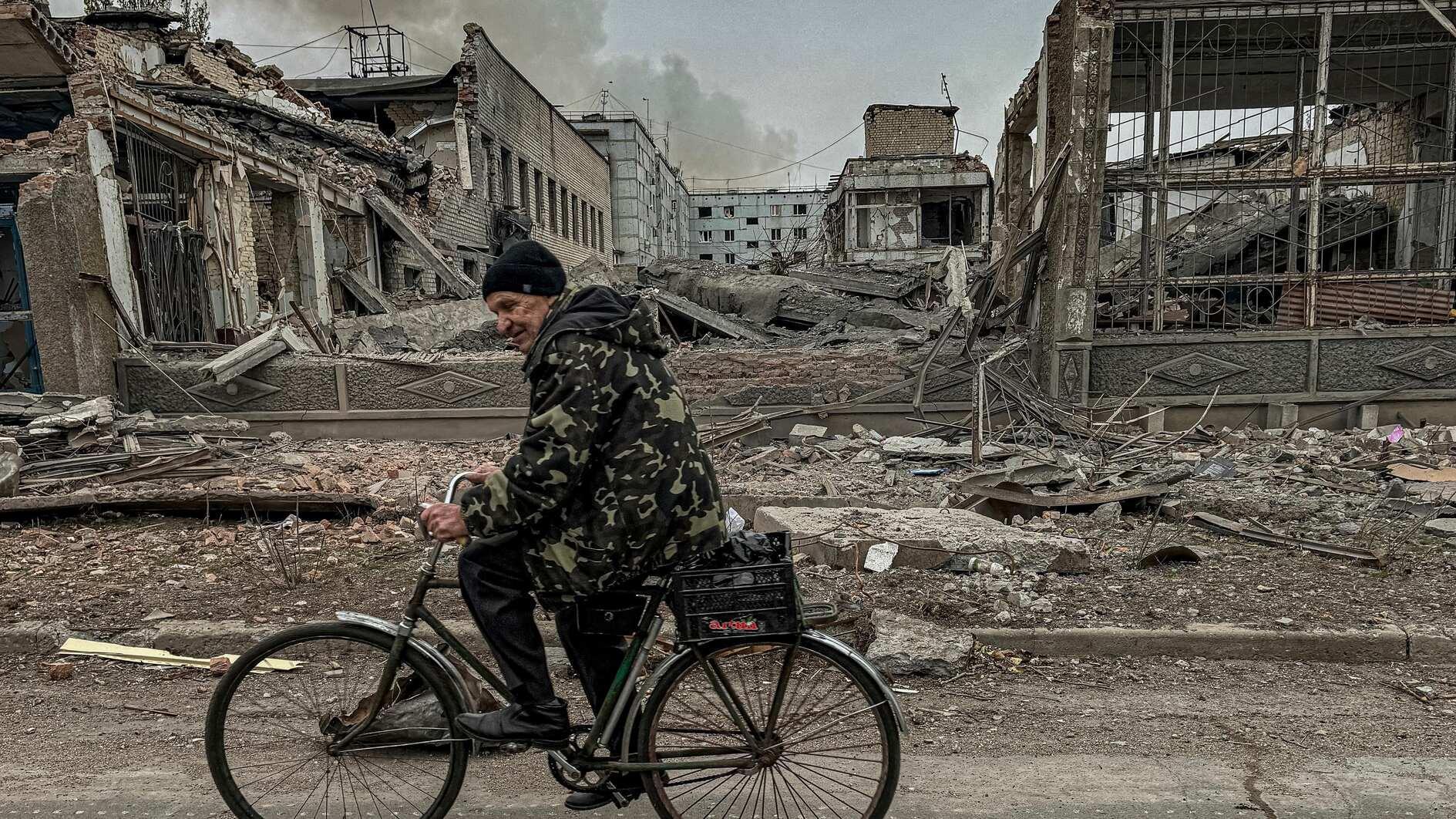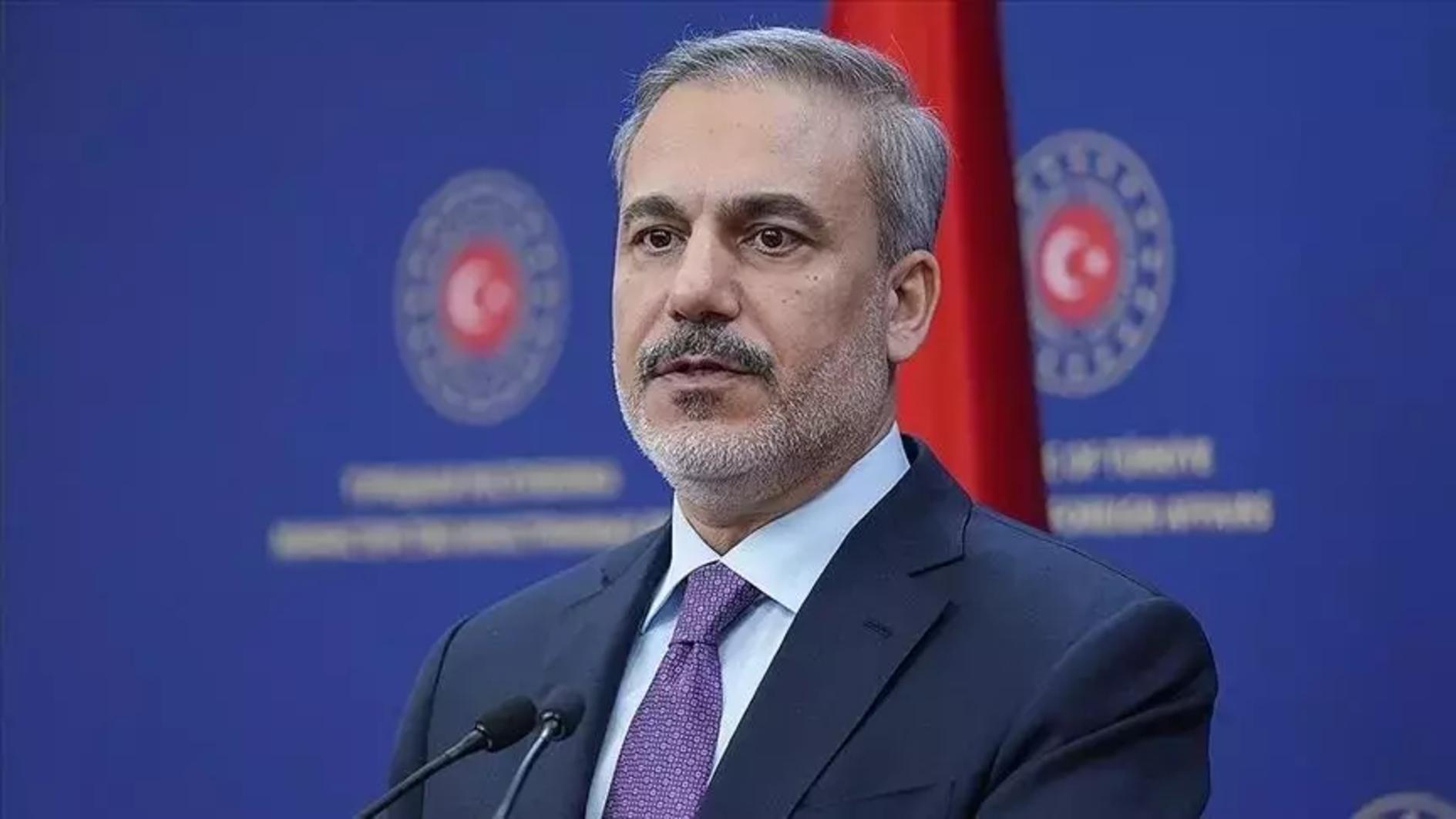BRIC nations rush to buy dollars
Bloomberg
Brazil, Russia, India and China increased foreign reserves by more than $60 billion in May to limit currency gains as the first global recession since World War II restricted exports, data compiled by central banks and strategists show. Brazil bought the most dollars in a year, India’s reserves gained the most since January 2008 and Russia added the most foreign exchange since July.While Russian, Chinese and Brazilian leaders suggest substituting the dollar, the central bank purchases show just how dependant they remain on the world’s reserve currency. Russia is proposing the BRICs consider creating a new unit of exchange when they meet in Yekaterinburg on June 16. China and Brazil said last month they may look at ways of dropping the dollar for trade between the two countries.
"Foreign central banks do not want to see their currencies relentlessly strengthen," said Daniel Tenengauzer, head of foreign-exchange and emerging-market debt strategy at Merrill Lynch. "Such a move would dampen an already-weak outlook outside the U.S. and potentially risk even more capital-markets chaos if the dollar appeared to be heading toward a disorderly decline."
International reserve assets excluding gold held by the BRICs, an acronym coined by Goldman Sachs Group Chief Economist Jim O’Neill in 2001 for the biggest emerging markets, total $2.8 trillion, a 7.8 percent increase from a year ago and 42 percent of the world’s total, data compiled by Bloomberg show.
The real, ruble, and rupee strengthened and the Dollar Index posted its biggest decline in 24 years last month as signs the global recession may be easing spurred investors to seek higher-yielding alternatives to the U.S. currency. A net $26.1 billion has flowed into emerging-market equity funds this year, EPFR Global said June 4. The real rallied 11.2 percent last month, the ruble gained 6.9 percent and the rupee 6.4 percent. The yuan appreciated 21 percent between July 2005 and July 2008.
















